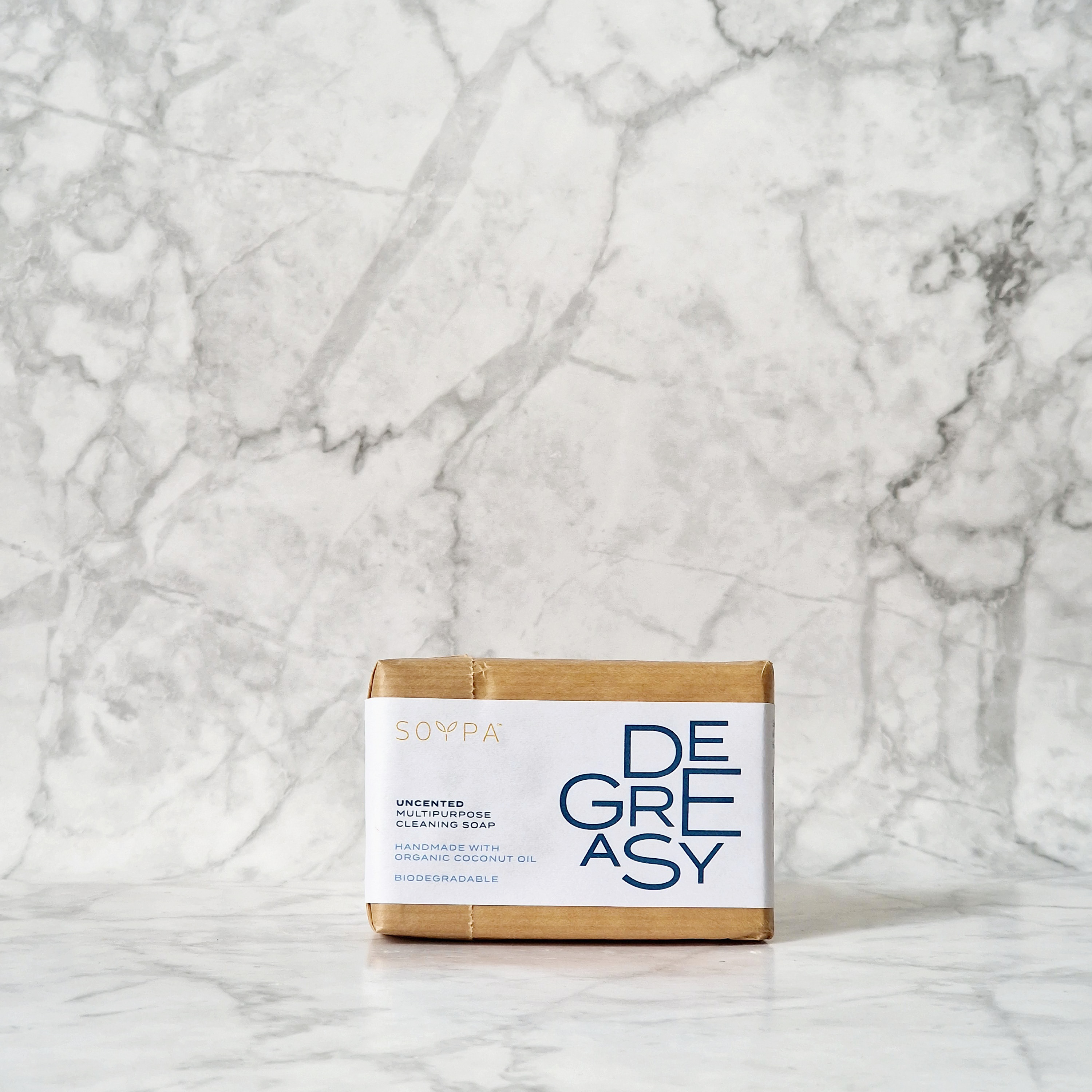We all know there are lots of chemicals out there in our modern world that may be harming us. And we suspect many of those toxins may be in our household.
To mitigate this, we are continually told to read labels thoroughly and to be aware of the ingredient lists of the products we buy.
But how to know which chemicals are dangerous? How to differentiate between the good and the bad?
Here is a list of 6 hidden household toxins that may be lurking in your everyday products.
So that the next time you make a purchase, you’ll be able to choose healthier and better options.
Ammonia
Ammonia is a volatile compound that’s found in many household cleaning products: glass cleaners, oven cleaners, floor wax, toilet cleaner, and fertilizers.
It can irritate the respiratory system and mucous membranes if inhaled, and will cause a chemical burn on exposed skin.
Plus, if you mix ammonia with chlorinated products like bleach, it will produce a toxic chloramine gas that is potentially deadly.
Formaldehyde
Formaldehyde has a strong odor and can be found in a number of household products, including:
-Glues, permanent press fabrics, paints and coatings
-Paper products
-Medicines and cosmetics
-Dishwashing liquids and fabric softeners
-Fertilizers and pesticides.
It is a colorless, flammable gas at room temperature. Exposure happens when you breathe air containing off-gassed formaldehyde, which can cause irritation of the skin, eyes, nose, and throat.
Parabens
They are preservatives used widely in beer, cosmetics, sauces, desserts, and soft drinks.
They are known to disrupt hormone function, an effect that is linked to increased risk of breast cancer and reproductive toxicity, according to the non-profit Campaign for Safe Cosmetics (CSC).
Phthalates
These household toxins are everywhere because they are chemicals that make plastic soft and flexible.
You can’t see, smell, or taste them, but they’re in hundreds of consumer products you use every day.
Some examples: vinyl shower curtains, PVC (vinyl) floors, plastic plumbing pipes, cosmetics, soaps, wood finishes, and plastic toys.
They’re even in our bodies! Nearly all Americans have phthalate byproducts in their urine, says Ami Zota, associate professor of environmental and occupational health at George Washington University.
They can damage the liver, lungs, and kidneys.
And the heart: an American study found that those between 55 and 64 years old with the highest levels of phthalates in their urine were more likely to die of heart disease than those with lower levels.
Toluene
Toluene is a clear, colorless liquid with a distinctive smell. It is a good solvent (a substance that can dissolve other substances).
Toluene occurs naturally in crude oil and in the tolu tree. It is produced in the process of making gasoline and other fuels from crude oil and in making coke from coal.
We can find it in paints & thinners, fuel, fingernail polish, lacquers, and adhesives.
The concern with this chemical is that it can affect the nervous system (brain and nerves).
Nervous system effects can be temporary, such as headaches, dizziness, or unconsciousness.
However, effects such as incoordination, cognitive impairment, and vision and hearing loss may become permanent with repeated exposure.
Other health effects of potential concern may include immune, kidney, liver, and reproductive effects.
Benzene
Another ubiquitous household toxin found in paint, varnish, building materials, furniture wax, glues and many popular sunscreens.
(Interesting fact: cigarette smoking is a significant source of exposure to benzene; the intake of a person smoking 20 cigarettes a day has been estimated at 4 times greater than that of a nonsmoker).
Short term exposure to benzene in air may cause irritation to the eyes, nose and throat, cough, a hoarse voice and breathing difficulties.
Exposure to larger amounts can cause swelling of the airways and a build-up of fluid in the lungs.
Following exposure by inhalation or ingestion of benzene may cause neurological effects, problems with the heart and lungs, coma and convulsions.
Plus, benzene is known to cause leukemia and potentially other cancers in humans. That’s why the International Agency for Research on Cancer (IARC) has classified benzene as carcinogenic to humans (group 1).
Take control and limit exposure
Now that you know about some of the hidden household toxins lurking at home, it’s time to swap them out for healthier alternatives.
You can take a DIY approach and check this list of 27 chemical-free cleaning recipes from Greatist. This means ditching conventional cleaning products in favor of natural alternatives such as vinegar, baking soda, lemon juice and essential oils.
Or you can shop consciously and choose chemical-free products that will take care of your home and of your health. At Bluehouse you can find some very helpful options:
Other sources: Shades of Green, rmhp.org, nature, epa.gov
Attribution: Photo by Freepik


